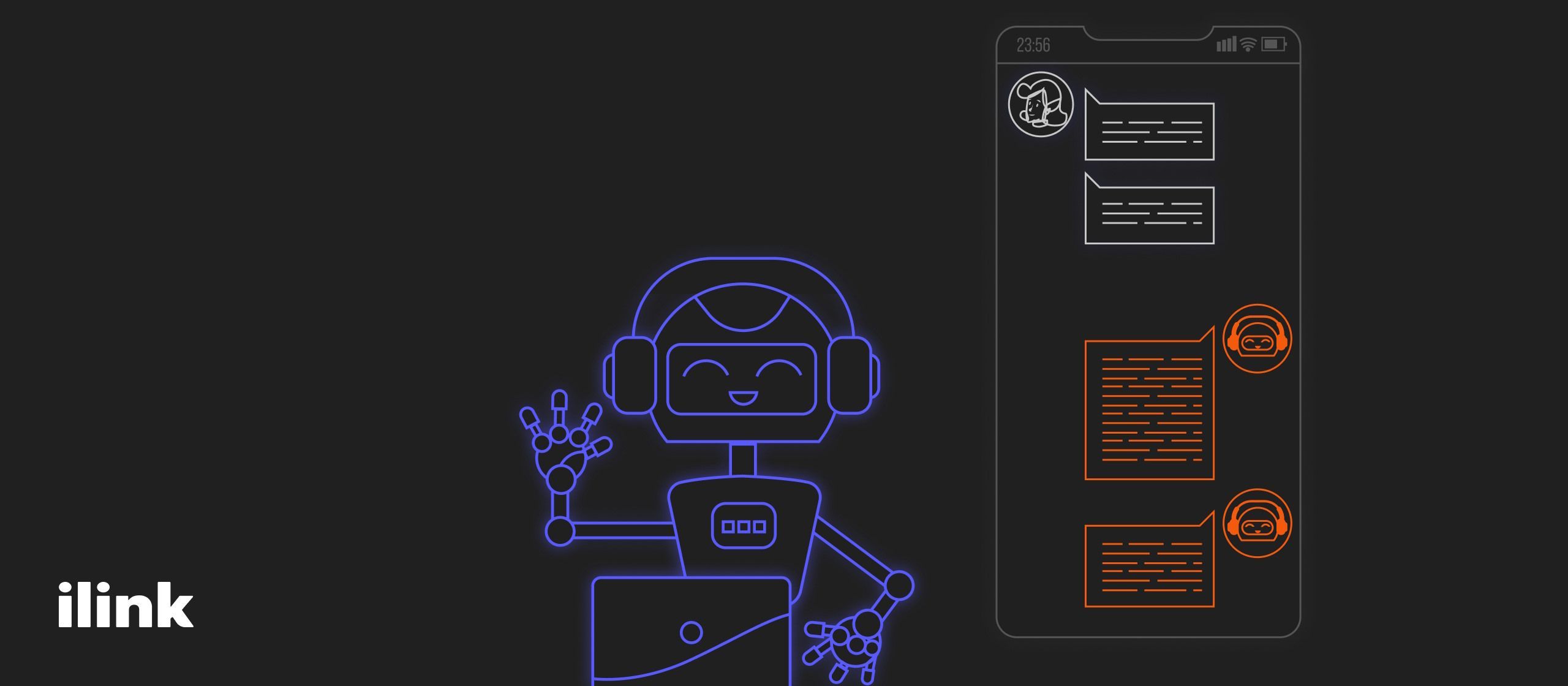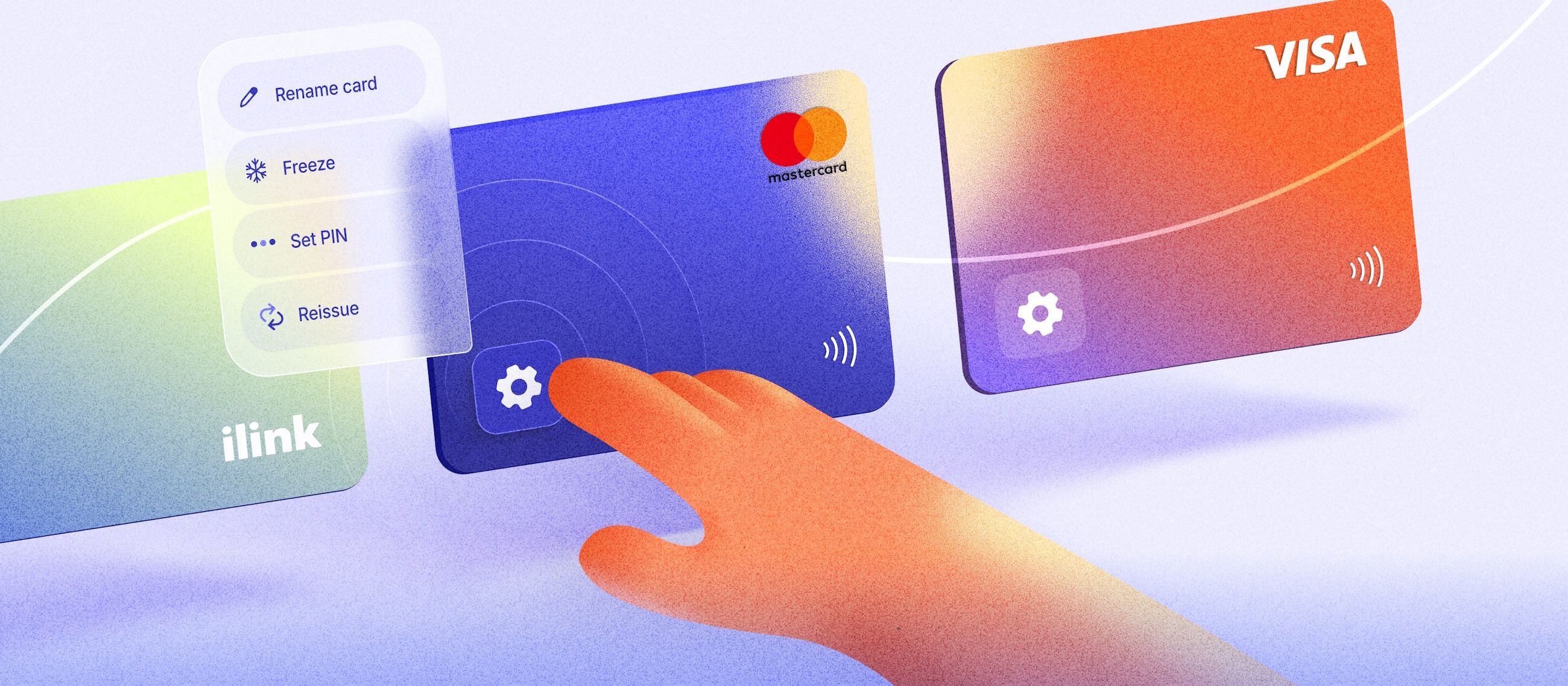Leveraging AI and Machine Learning in iOS Apps to Outperform the Competition
Introduction
In the rapidly evolving world of technology, Artificial Intelligence (AI) and Machine Learning (ML) have become pivotal in shaping the future of mobile applications. For iOS developers, integrating these technologies presents a unique opportunity to revolutionize app functionalities and secure a competitive edge in the saturated market of mobile applications.
Background
Integrating Artificial Intelligence (AI) and Machine Learning (ML) into mobile applications represents one of the most significant technological advancements in recent years. In the iOS ecosystem, the journey began with basic machine learning functionalities, which have since evolved into more sophisticated AI capabilities. Apple has continually invested in its hardware and software to support AI and ML better, enhancing everything from computational abilities to privacy features with each new version of iOS and its devices. Apple introduced its dedicated ML framework, Core ML, in 2017. This was a turning point, making it easier for iOS developers to incorporate machine learning models directly into their apps. Core ML supports a wide range of model types, from simple linear regression to complex neural networks, optimized for on-device performance, which ensures user data privacy and fast processing speeds.
Key Technologies and Tools
- Core ML. Core ML is Apple's flagship machine learning framework that lets developers integrate trained ML models into iOS apps. It is designed for optimal performance and can leverage CPU, GPU, and the Neural Engine, depending on the device's capabilities. Core ML supports various model formats, including those converted from other ML frameworks like TensorFlow or Keras using Core ML tools.
- Create ML. Create ML is a user-friendly tool that allows developers to train and deploy machine learning models directly within the Apple ecosystem using Swift. It's particularly advantageous for developers who aren't experts in machine learning, as it provides a simple interface for training models on everyday tasks like image classification, natural language processing, and recommendation systems.
- TensorFlow Lite. For iOS developers looking to integrate TensorFlow models, TensorFlow Lite offers a lightweight solution optimized for mobile devices, including iOS. It supports hardware-accelerated inference for complex neural networks, allowing apps to perform tasks like image recognition and natural language processing more efficiently.
- Metal Performance Shaders (MPS). While not exclusively an AI tool, Metal Performance Shaders can be used alongside Core ML to maximize the computational efficiency of neural networks on iOS devices. MPS leverages the GPU to accelerate computationally intensive graphics and data-processing tasks, crucial for AI operations like convolution and recurrent neural layers.
- ONNX support. Open Neural Network Exchange (ONNX) is an open-source format for AI models. iOS developers can use ONNX to import models from frameworks (like PyTorch, MXNet, and more) that Core ML does not natively support. This is facilitated by tools that convert ONNX models into Core ML format, broadening the scope of AI functionalities that can be integrated into iOS apps.
- Vision and natural language frameworks. These high-level frameworks provide pre-trained models and easy-to-integrate options for image and video analysis, face detection, text recognition, and natural language understanding. They are built to work seamlessly with Core ML, thereby enhancing the app's capabilities to interact intelligently with the external environment through the camera and microphone.
These technologies empower iOS developers to build more intelligent applications and ensure that these integrations are efficient, privacy-conscious, and accessible to a broad range of developers, from AI specialists to novices in the field. By leveraging these tools, developers can significantly enhance the functionality and user experience of iOS apps, positioning them strategically to lead in a competitive market.
If you want to develop an innovative iOS application or integrate AI functionalities into your business, reach out to ilink. Our expertise in cutting-edge technologies and commitment to delivering tailored solutions can help you transform your ideas into reality, ensuring your app meets and exceeds market expectations. To explore how we can assist you in leveraging AI and ML in your projects, contact ilink today for a consultation and take the first step towards redefining your competitive edge.
Case Studies
A prime example of effective AI integration in iOS apps is the popular photo-editing app Prisma, which uses AI to transform user photos into artworks in the styles of famous artists. Another is the health-monitoring app Sleep Cycle, which uses ML algorithms to analyze users' sleep patterns and provide insights to help improve their sleep quality. These apps enhance user engagement and set new standards in their respective categories.
Strategies to Outperform the Competition
To harness the full potential of AI and ML in iOS apps and truly stand out in a competitive market, developers should consider the following detailed strategies:
- Enhancing personalization. Utilize AI to analyze user data and behavior in real time to offer personalized experiences. This can range from customized content and user interfaces to personalized notifications and recommendations. For instance, a music streaming app can use machine learning to curate playlists based on listening habits, time of day, and mood.
- Improving user engagement with predictive analytics. Implement ML algorithms that predict user actions and preferences. This can improve user engagement by preemptively providing users with options they are more likely to be interested in. For example, a shopping app could suggest products before users search for them based on their browsing and purchase history.
- Automating customer service. Use natural language processing models to power sophisticated chatbots that can handle customer inquiries without human intervention. This improves efficiency and enhances user satisfaction by providing instant responses 24/7.
- Optimizing app performance. Apply machine learning to maximize app performance by predicting and pre-loading user-favored features. AI can also be used for anomaly detection to identify and rectify issues before they affect user experience.
- Enhancing security features. Integrate AI-driven security measures to protect user data and prevent fraud. This includes using face recognition or behavioral biometrics for secure authentication and employing AI to detect unusual activities that may indicate a security breach.
Challenges and Considerations
Despite the advantages, integrating AI and ML into iOS apps comes with challenges. Data privacy is a significant concern, as users are increasingly wary of how their data is used and stored. Developers must adhere to strict data protection laws and build trust by being transparent about their data handling practices. Furthermore, the computational demands of AI and ML models require careful optimization to ensure they do not degrade the device's overall performance.
Future Trends
Looking forward, the application of AI and ML in iOS apps is poised to accelerate, driven by several emerging trends:
- Augmented reality (AR) and AI convergence. Future iOS apps will likely see a deeper integration of AI with AR, enhancing user interactions in real-world scenarios. For example, retail apps could use AR to allow customers to try on clothes virtually, enhanced by AI to recommend styles based on past purchases and trends.
- AI-powered voice interfaces. As voice recognition technology advances, more iOS apps will incorporate voice-driven navigation and controls, making apps more accessible and improving user engagement. This could transform how users interact with their devices, shifting from touch to voice commands.
- On-device AI processing. With improvements in hardware, such as Apple's Neural Engine, more AI processing will occur directly on the device rather than in the cloud. This shift enhances privacy, reduces latency, and allows for more complex AI capabilities even when offline.
- Machine learning model personalization. Future trends may include ML models adapting to users' interactions and preferences without compromising privacy. This means apps will learn from the user and evolve with them, providing a continuously improving experience.
- Ethical AI and transparency. As users become more aware of AI and its implications, there will be a greater focus on ethical AI practices and transparency in how apps use AI to make decisions. This will be crucial in maintaining user trust and complying with increasingly strict data use and privacy regulations.
Incorporating AI and ML into iOS applications is no longer a luxury but a necessity for developers looking to deliver cutting-edge features and stay competitive. By embracing these technologies, developers can create more intelligent, intuitive, and engaging apps that stand out in a highly competitive environment.
Comments (0)
Latest Posts
The sustainability of a token’s economy determines liquidity, user activity, long-term growth potential, and the ability of a project to survive without constant capital injections.
A White Label solution allows businesses to get a ready-to-use banking platform under their own brand in 60–90 days, including fiat accounts, cards, cryptocurrency modules, KYC/AML, a mobile application, and administrative panels.
Do You Have Any Questions?
Leave your details - we will contact you to answer all your questions




